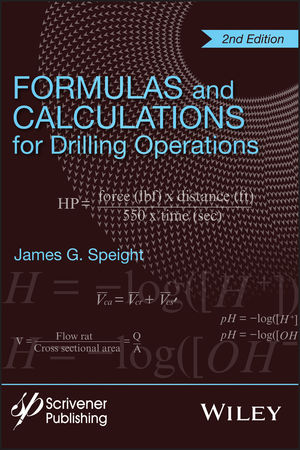Why are equipment purchase costs expected to rise? One reason is a significant change in tax incentives. Internal Revenue Code (IRC) 179 currently allows deductions for equipment purchases made in 2013. According to section179.org, contractors can deduct the full price of equipment up to $500,000 from gross income, with a $2-million limit on capital spending for new and used items. There is an additional 50 percent bonus depreciation on new equipment (it is like getting a free refund). However, with these tax benefits expiring Dec. 31, 2013, and interest rates likely increasing in 2014, the price of equipment will also rise. In addition, 2014 will see Tier 4 emission standards take effect. Some industry experts estimate that the new emissions standards could increase drilling equipment costs by 10-15 percent. The good news for those requiring equipment in 2014 is that there are still some very economical options available.

|
|
Drilling mast attachments transform carrier machines such as skid steers and excavators into powerful drilling units. Source: RigKits LLC |
Rental and Rent-to-Purchase Options (RPO) provide great flexibility and are useful alternatives for contractors who otherwise wouldn’t have the credit score for financing approval or capital to invest. Therefore, it is not surprising that equipment rental revenue in the U.S. is expected to reach $33.6 billion by the end of 2013. The American Rental Association also predicts a 9.8 percent increase in rentals in 2014. In an RPO agreement, the equipment is rented in exchange for a weekly or monthly payment, with the option to purchase at some point during the agreement. Usually, a percentage of the rent paid during the rental period is counted toward a down payment. However, there is no obligation to purchase, since the agreement can be terminated by the renter at any point with the return of the equipment. Service and repair of the equipment is also often included with rental agreements, providing simplicity and peace of mind to the renter.
“Build your own equipment” kits are another cost effective alternative for acquiring new drilling rigs. One innovative company offering this alternative is RigKits Drilling Equipment. All major components such as the rotation head, crawler tracks and engine are shipped as pre-assembled components ready to bolt onto the steel frame. The modular design of RigKits units allows for many customizable options, from high-speed drill heads to clamps to added accessories like remote controls. In addition to saving up to 40 percent on the capital cost of the rig, assembling your own equipment provides an excellent working knowledge of the rig, enabling easy maintenance and operational control.
Another option is drilling mast attachments, which transform carrier machines such as skid steers and excavators into powerful drilling units. As the mast and rotation head are powered by the diesel engine on the carrier machine, capital costs are reduced substantially when compared to a dedicated drill rig if a suitable carrier machine is already owned. Drill masts have long been used for geotechnical, environmental and foundation applications, but are now commonly being seen on geothermal drill sites as well. Quick-attach mechanisms mounted between the mast and the carrier machine ensure simple attachment and easily couple to the machine’s auxiliary hydraulics. Therefore, changing between bucket and drill mast is quick and easy. What makes this option even more attractive is having the option of converting the mast into a dedicated rig. This can be very cost-effective as the drill mast and rotation head are already owned. They can easily be coupled to a complete rig including frame, tracks, engine and other components.
Time will tell what further tax perks and other incentives can be expected in the realm of equipment purchasing. In the meantime, cost effective options are available. So don’t settle for anything less than the right equipment. Be a prudent consumer and look at all of your options.








